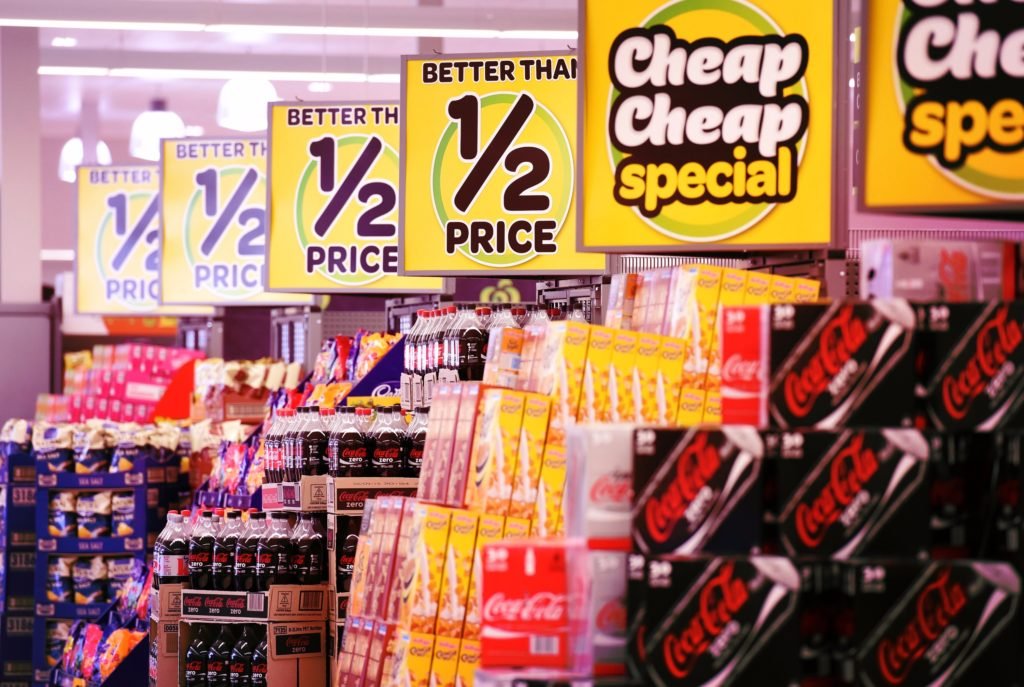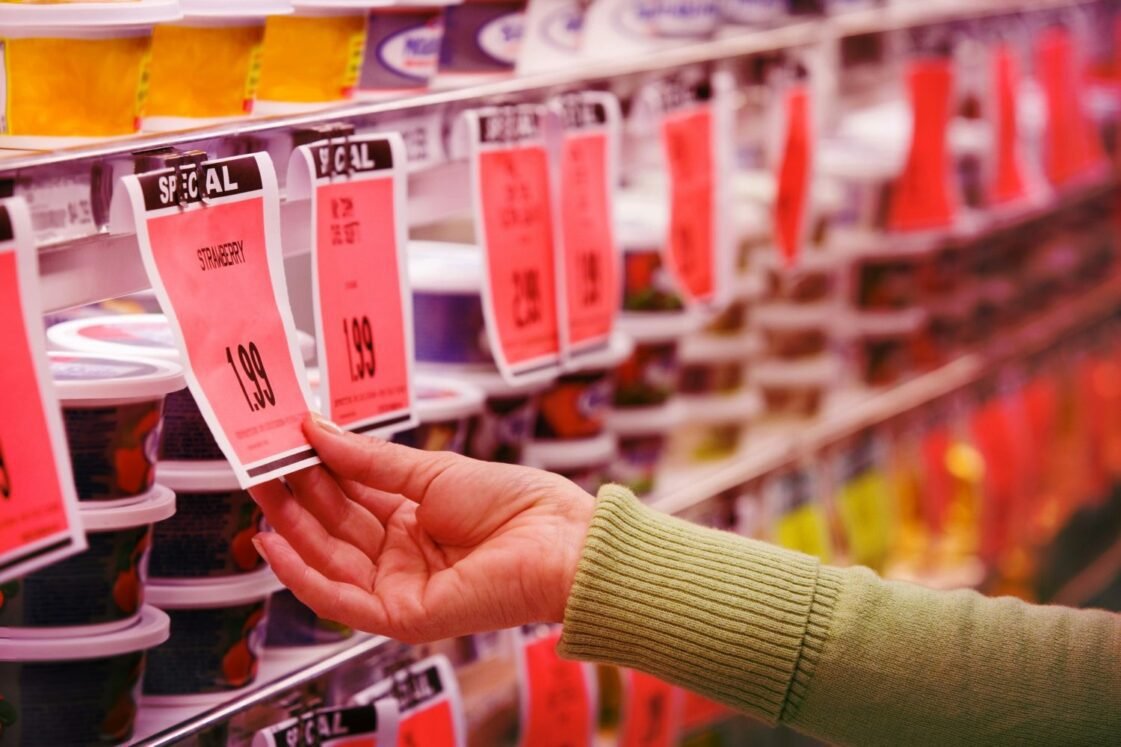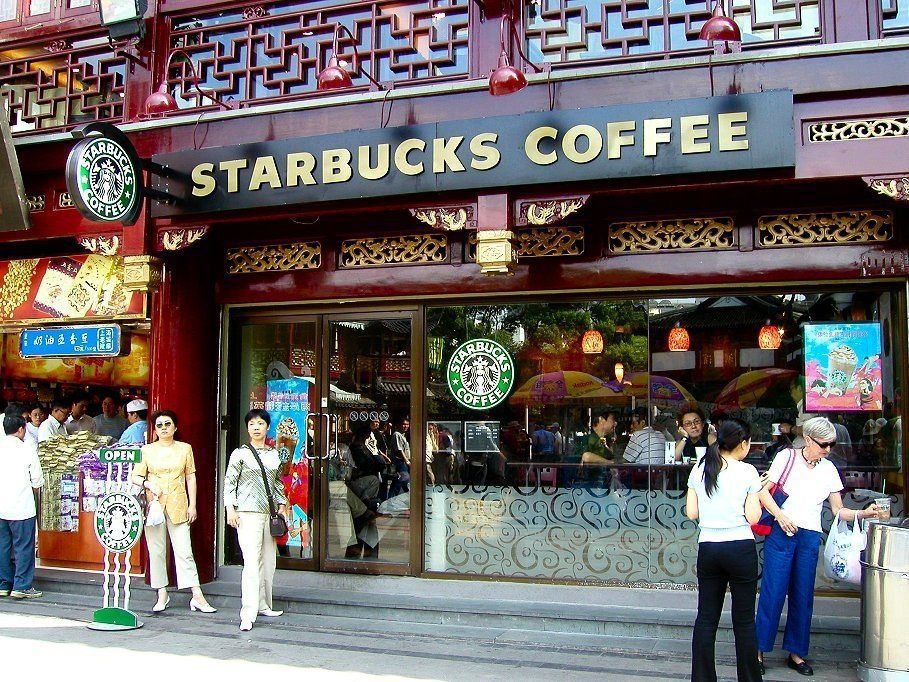Looking for the best market research survey tools? Explore the top 10 options with detailed descriptions, pros, and cons. Easily compare vendors in one table.
10 Best Market Research Survey Tools and Side-By-Side Vendor Comparison
Conducting effective market research is essential for making informed business decisions. Here are ten of the best market research survey tools, including their details, pros, and cons. Below each tool description, you’ll find a side-by-side vendor comparison table for easy review.
1. SurveyMonkey
Details: SurveyMonkey is one of the most recognized names in online survey tools. It offers a wide range of features and functionalities that cater to businesses of all sizes.
- Pros:
- User-friendly interface that doesn’t require technical expertise.
- Extensive analytics and reporting capabilities.
- Ready-to-use, customizable survey templates to save time.
- A wide variety of question types.
- Strong data security measures to ensure respondent privacy.
- Multi-language support for global reach.
- Cons:
- Pricing can be high for premium features, which might not be ideal for small businesses.
- Limited features on the free plan, which might necessitate an upgrade for more advanced functionalities.
- Some users report a steeper learning curve for the more advanced features.
2. Google Forms
Details: Google Forms is a free online survey tool that integrates seamlessly with Google Drive. It’s an excellent choice for individuals and small businesses looking for a cost-effective solution.
- Pros:
- Completely free, with no hidden costs.
- Intuitive and easy to use, especially for those already familiar with Google services.
- Real-time response tracking and automatic result collecting in Google Sheets.
- Easy to share via email, link, or embed in your website.
- Allows for collaboration with teams.
- Cons:
- Limited customization options, which may not meet all design needs.
- Basic reporting features without advanced analytics or detailed insights.
- No professional templates, limiting the visual appeal of surveys.
3. Typeform
Details: Typeform is an interactive survey tool known for its engaging and visually appealing forms. It aims to make the survey-taking experience more enjoyable for respondents.
- Pros:
- Interactive and user-friendly form design that keeps respondents engaged.
- Conditional logic capabilities to personalize survey flow based on responses.
- Integration with various third-party applications like Slack, Mailchimp, and Google Sheets.
- Offers a wide range of templates tailored to different use cases.
- Mobile-friendly forms that look good on any device.
- Cons:
- Higher cost for advanced features, making it less budget-friendly.
- Moderate learning curve for those new to the platform.
- Some users find the data export options limited.
4. Qualtrics
Details: Qualtrics is a professional-grade survey platform with advanced features suitable for in-depth market research and enterprise-level analysis.
- Pros:
- Comprehensive analytics and report generation to handle complex data.
- Robust security and compliance features, ideal for handling sensitive information.
- Wide range of customizable options for survey design and distribution.
- Supports multi-channel distribution, including email, SMS, and social media.
- Strong customer support and a vast knowledge base.
- Cons:
- Expensive subscription plans, which may not be feasible for small businesses or individuals.
- Complex interface that can be overwhelming for beginners or casual users.
- Requires significant time investment to learn and utilize its full potential.
5. SurveyGizmo (Alchemer)
Details: SurveyGizmo, now known as Alchemer, is a versatile survey tool that offers various customization and integration options, making it suitable for diverse research needs.
- Pros:
- Highly customizable survey templates and design options.
- Strong data analysis features with advanced reporting capabilities.
- Excellent customer support to assist with technical issues.
- Integration with popular software like Salesforce, HubSpot, and Zapier.
- Flexible deployment methods, including web links, email, and embedded surveys.
- Cons:
- Steeper learning curve for new users.
- Higher pricing tiers, which might be a barrier for smaller entities.
- Some users may find the interface lacks intuitiveness.
6. Zoho Survey
Details: Zoho Survey is a cost-effective survey solution that provides a variety of features and integrates well within the Zoho suite of applications.
- Pros:
- Affordable pricing, making it a good option for small businesses.
- Seamless integration with the Zoho suite and other tools like Google Sheets and Mailchimp.
- Good range of question types and survey customization options.
- Offline survey capabilities.
- Multi-lingual support to reach a global audience.
- Cons:
- Basic user interface, which may not be as visually appealing.
- Limited advanced features compared to higher-end tools.
- Customer support primarily accessible through email and forums.
7. QuestionPro
Details: QuestionPro is a comprehensive survey tool offering advanced research capabilities that are suitable for both small-scale and large-scale research projects.
- Pros:
- Extensive survey customization options with a wide range of question types.
- Detailed analytics and reporting tools to analyze data effectively.
- Multi-language support to cater to international respondents.
- Offline mobile app capabilities for conducting surveys without internet access.
- API integration for advanced users needing custom solutions.
- Cons:
- Higher cost for premium plans, which might be a constraint for smaller budgets.
- Some users find the interface somewhat cluttered and not very intuitive.
- Advanced features may require a learning curve.
8. SurveyAnyplace
Details: SurveyAnyplace is known for creating engaging and interactive surveys that stand out from the usual formats, offering a more engaging experience for respondents.
- Pros:
- Unique and engaging survey formats that help maintain respondent interest.
- Strong reporting tools to provide deep insights.
- Mobile-friendly design to ensure a good experience on any device.
- Custom scoring features for quizzes and assessments.
- Integrations with marketing automation tools like HubSpot and ActiveCampaign.
- Cons:
- Limited features on the lower-tier plans, requiring upgrades for full functionality.
- Pricing can be high to access all the features needed.
- Customization might be restricted based on the subscription level.
9. SoGoSurvey
Details: SoGoSurvey is an advanced survey tool that provides various features and benefits aimed at professional use, including sophisticated survey logic and in-depth analysis.
- Pros:
- Advanced survey logic and branching to create complex survey flows.
- Comprehensive reporting and data export options.
- Excellent customer support with live chat and phone support.
- Multi-channel distribution capabilities.
- High-security standards to protect survey data.
- Cons:
- Higher pricing tiers that may not be suitable for all budgets.
- Interface can be overwhelming for beginners or users with less technical expertise.
- Requires time and effort to master the full range of features.
10. SurveyLegend
Details: SurveyLegend offers a visually appealing and easy-to-use interface, making it suitable for users looking for aesthetically pleasing surveys.
- Pros:
- Intuitive drag-and-drop interface that simplifies survey creation.
- Attractive survey designs with a focus on visual appeal.
- Real-time analytics for instant feedback on survey responses.
- Multi-device compatibility for seamless use on any platform.
- Custom branding options available for personalized surveys.
- Cons:
- Limited features on the lower-tier plans, potentially necessitating an upgrade.
- Fewer third-party integrations compared to other tools.
- Some users may find the advanced reporting to be lacking.
Side-By-Side Vendor Comparison
| Feature | SurveyMonkey | Google Forms | Typeform | Qualtrics | SurveyGizmo (Alchemer) | Zoho Survey | QuestionPro | SurveyAnyplace | SoGoSurvey | SurveyLegend |
|---|---|---|---|---|---|---|---|---|---|---|
| Cost | High | Free | High | High | Medium | Low | High | Medium | Medium | Medium |
| Ease of Use | High | High | Medium | Low | Medium | Medium | Medium | High | Medium | High |
| Customization | High | Low | High | High | High | Medium | High | Medium | High | Medium |
| Reporting | Extensive | Basic | Moderate | Extensive | Advanced | Basic | Extensive | Advanced | Comprehensive | Moderate |
| Integration | Extensive | Limited | Extensive | Extensive | Extensive | Seamless | Extensive | Moderate | Comprehensive | Limited |
| Support | Strong | None | Moderate | Strong | Excellent | Email/Forums | Excellent | Moderate | Excellent | Moderate |
| Offline Capability | No | No | No | Yes | Yes | Yes | Yes | No | Yes | No |
Choosing the right survey tool depends on your specific needs, including the features, budget, and complexity of your market research. Assess your requirements carefully to select the tool that best matches your business goals.
You may choose Best Market Research Survey Tool: SurveyMonkey
Why Choose SurveyMonkey?
SurveyMonkey stands out as the best market research survey tool for several reasons:
- User-Friendly Interface: SurveyMonkey is designed with an intuitive, user-friendly interface that accommodates users at all technical skill levels. You don’t need to be a tech expert to create and manage surveys efficiently.
- Comprehensive Features: It offers a vast array of features including customizable survey templates, a variety of question types, advanced analytics, and reporting capabilities. This makes it a versatile tool suitable for many different types of surveys.
- Security and Privacy: Robust data security measures are in place to ensure the privacy and confidentiality of respondent information. This is crucial for maintaining trust and compliance with data protection regulations.
- Global Reach: SurveyMonkey supports multi-language surveys which is ideal for businesses operating on a global scale. This feature allows you to reach a broader audience effortlessly.
- Integration and Collaboration: The tool seamlessly integrates with numerous third-party applications like Salesforce, Mailchimp, and Slack, enhancing its functionality. Additionally, it supports team collaboration, allowing multiple users to work on survey projects simultaneously.
- Analytics and Insights: Extensive analytics and reporting tools offer deep insights into the collected data, helping you make well-informed business decisions. You’ll have access to real-time feedback and detailed reports.
Summary
SurveyMonkey balances usability with powerful features, making it suitable for businesses of all sizes. Its ease of use, combined with strong security, extensive customization, and rich analytics, positions SurveyMonkey as a top choice for market research.













